Lublin and Majdanek
Claude Lanzmann was born in Paris to a Jewish family that immigrated to France from Eastern Europe. He attended the Lycée Blaise-Pascal in Clermont-Ferrand. His family went into hiding during World War II. He joined the French resistance at the age of 18 and fought in the Auvergne. Lanzmann opposed the French war in Algeria and signed a 1960 antiwar petition. From 1952 to 1959 he lived with Simone de Beauvoir. In 1963 he married French actress Judith Magre. Later, he married Angelika Schrobsdorff, a German-Jewish writer, and then Dominique Petithory in 1995. He is the father of Angélique Lanzmann, born in 1950, and Félix Lanzmann (1993-2017). Lanzmann's most renowned work, Shoah, is widely regarded as the seminal film on the subject of the Holocaust. He began interviewing survivors, historians, witnesses, and perpetrators in 1973 and finished editing the film in 1985. In 2009, Lanzmann published his memoirs under the title "Le lièvre de Patagonie" (The Patagonian Hare). He was chief editor of the journal "Les Temps Modernes," which was founded by Jean-Paul Sartre and Simone de Beauvoir, until his death on July 5, 2018. https://www.newyorker.com/culture/postscript/claude-lanzmann-changed-the-history-of-filmmaking-with-shoah Location filming of scenes in Lublin and Majdanek camp for SHOAH. FILM ID 4641 -- Lublin Ville (white 11) Empty streets and alleyways in Lublin. FILM ID 4642 -- Majdanek (white 12) Outer perimeter of the concentration camp, Majdanek. Some interior shots. (06:46) Tour group. (10:50) Lanzmann stands in a clearing, speaking French. Camera focuses on interiors. (25:33) Driving around the perimeter of the camp.
- EHRI
- Archief
- us-005578-irn1005224
- Outtakes.
- POLAND
- Lublin, Poland
Bij bronnen vindt u soms teksten met termen die we tegenwoordig niet meer zouden gebruiken, omdat ze als kwetsend of uitsluitend worden ervaren.Lees meer



